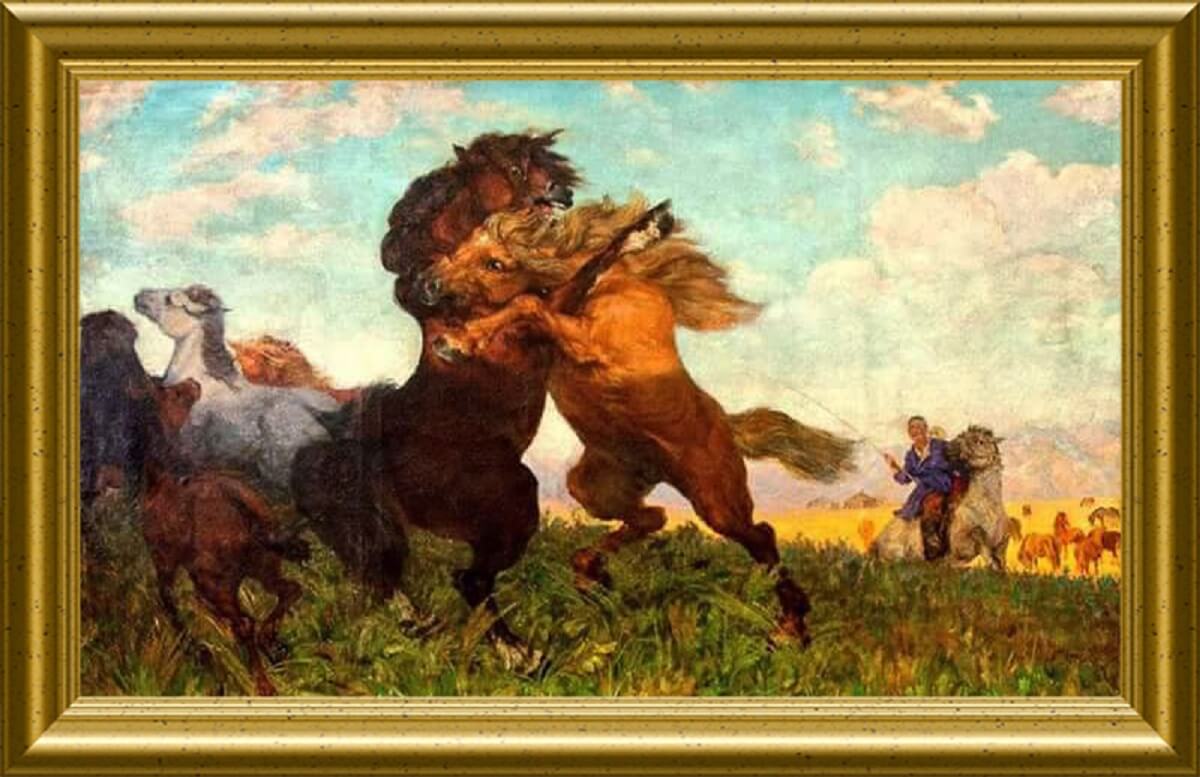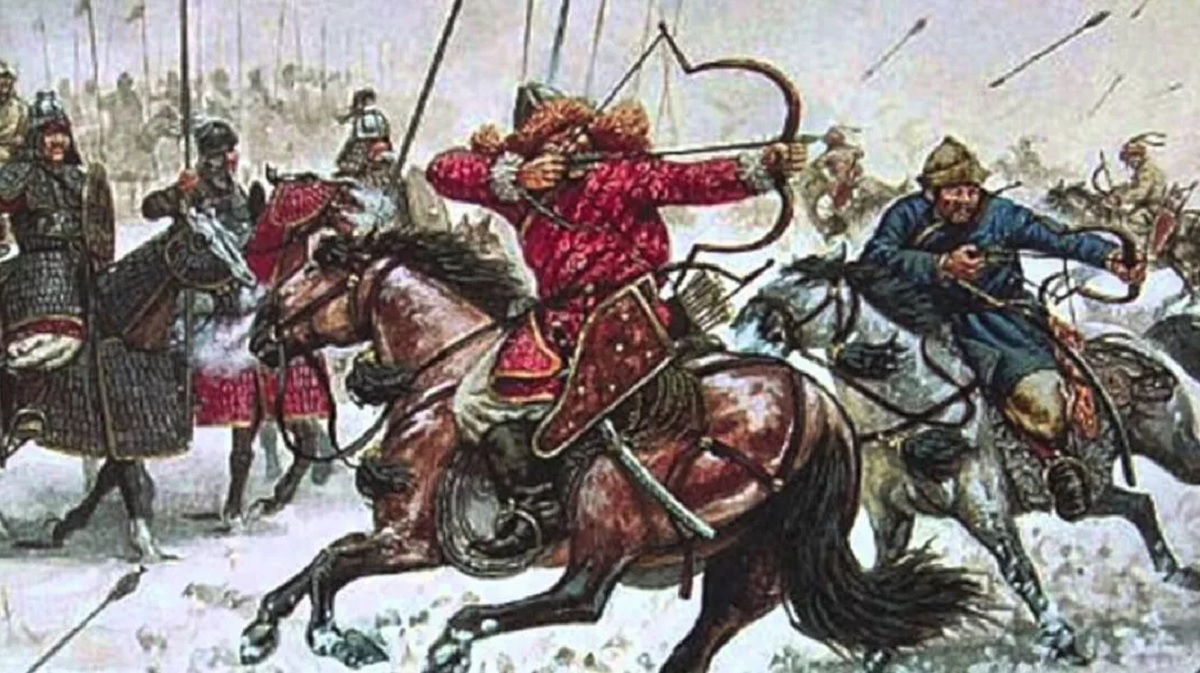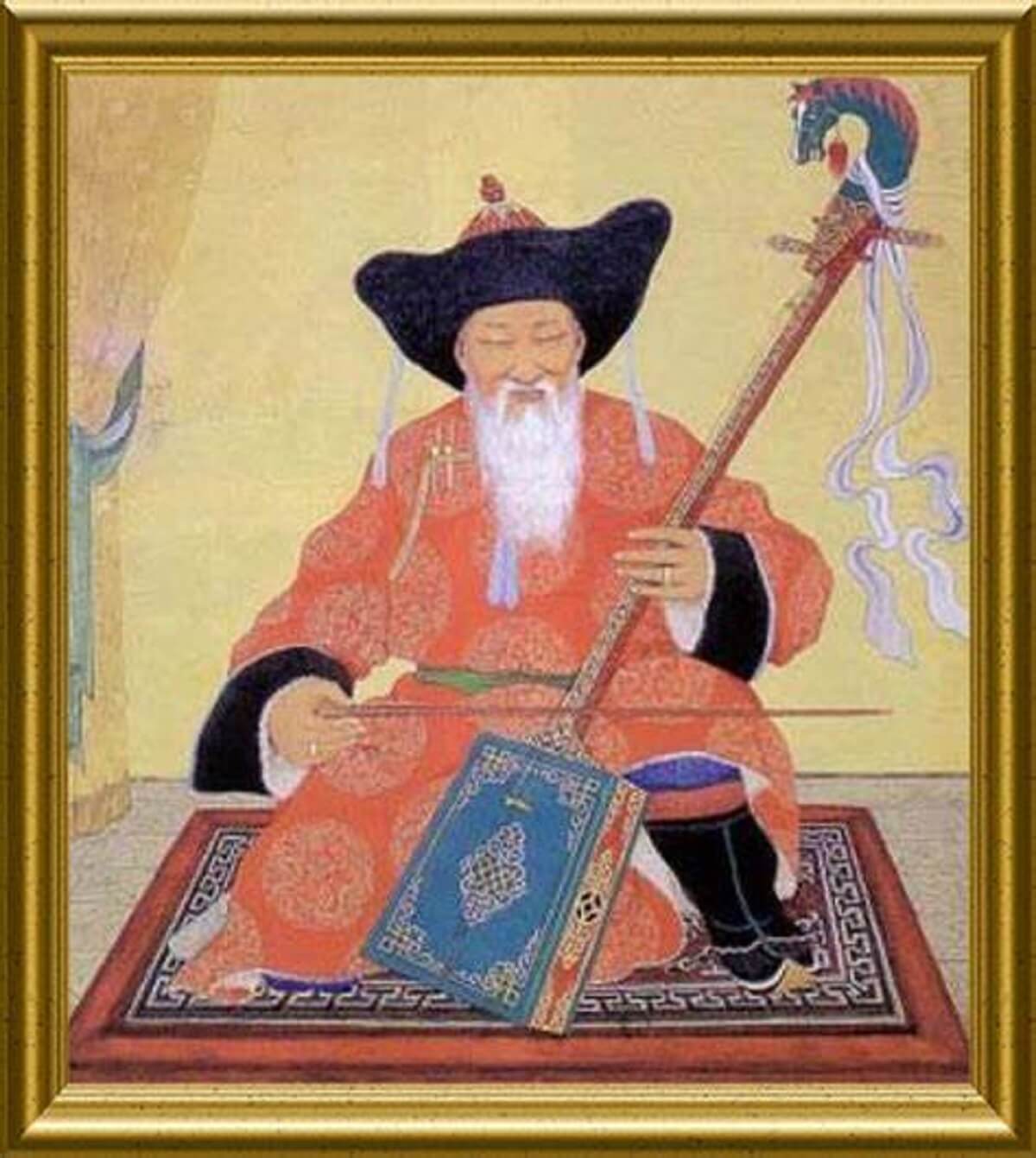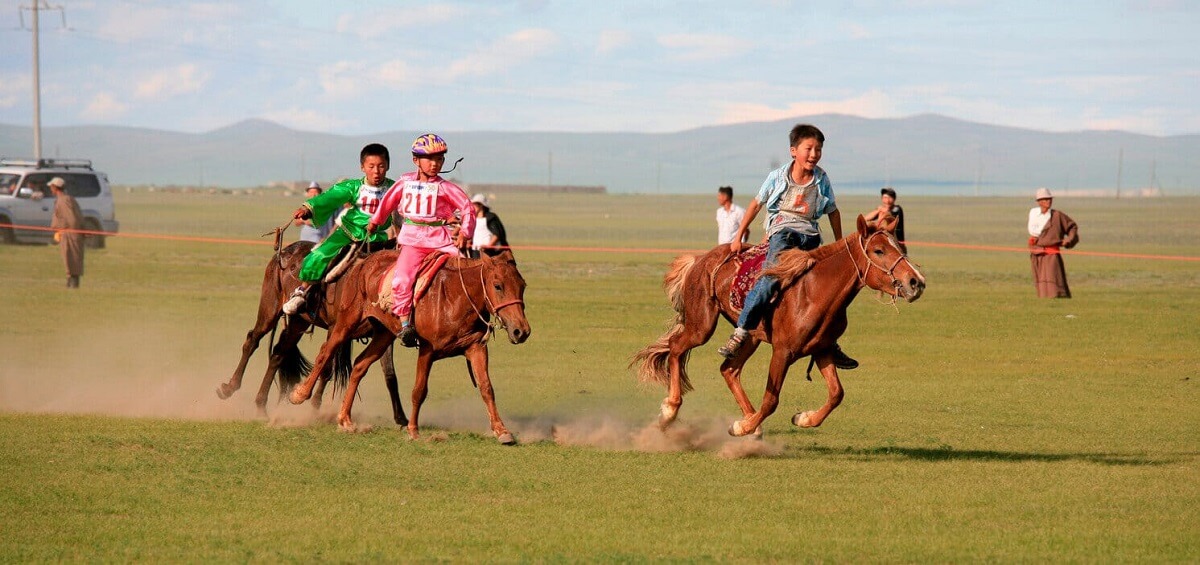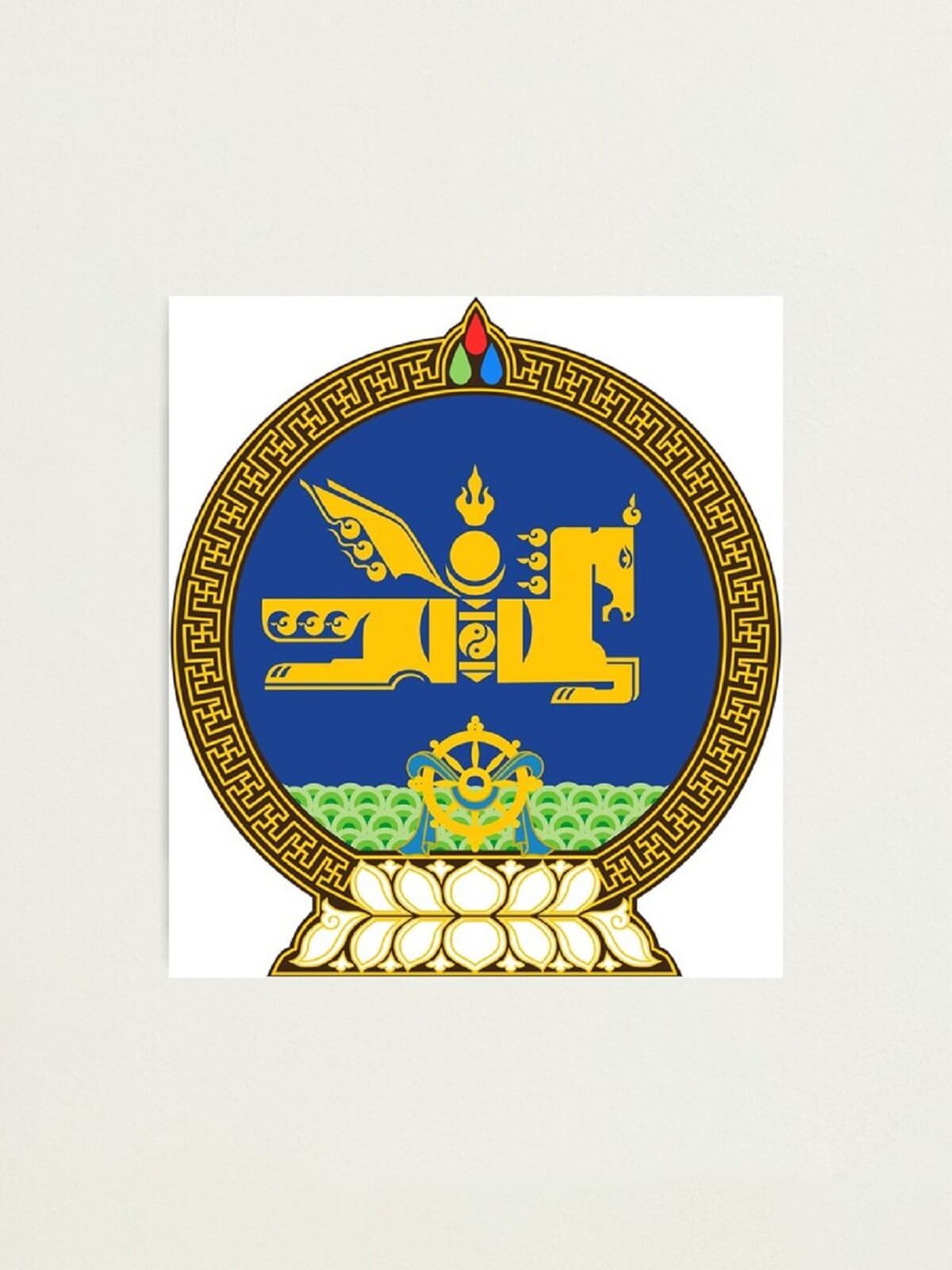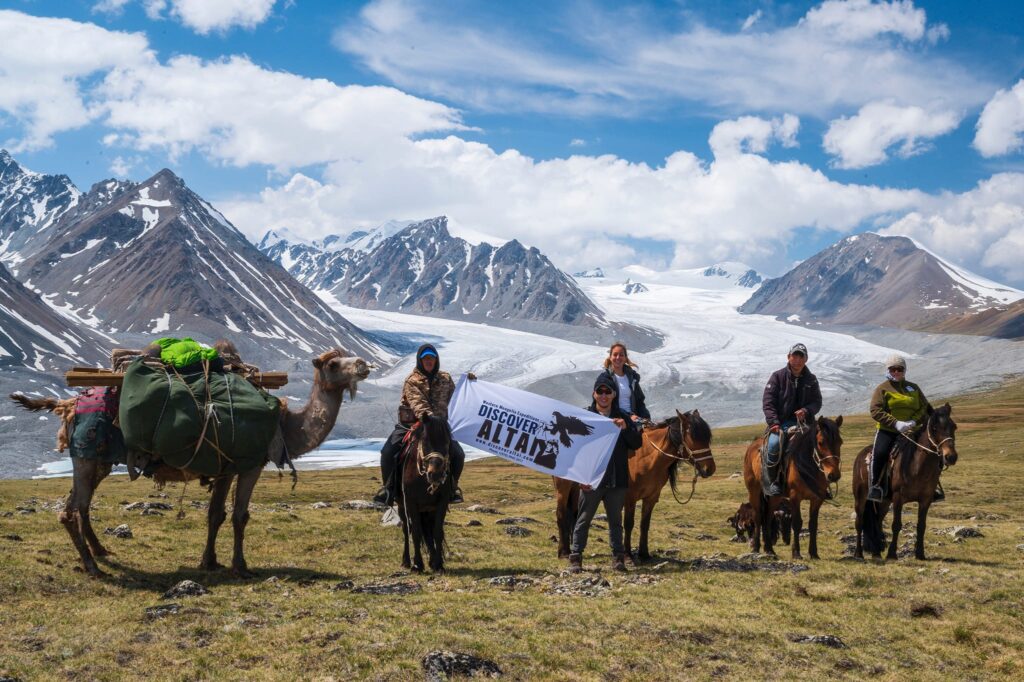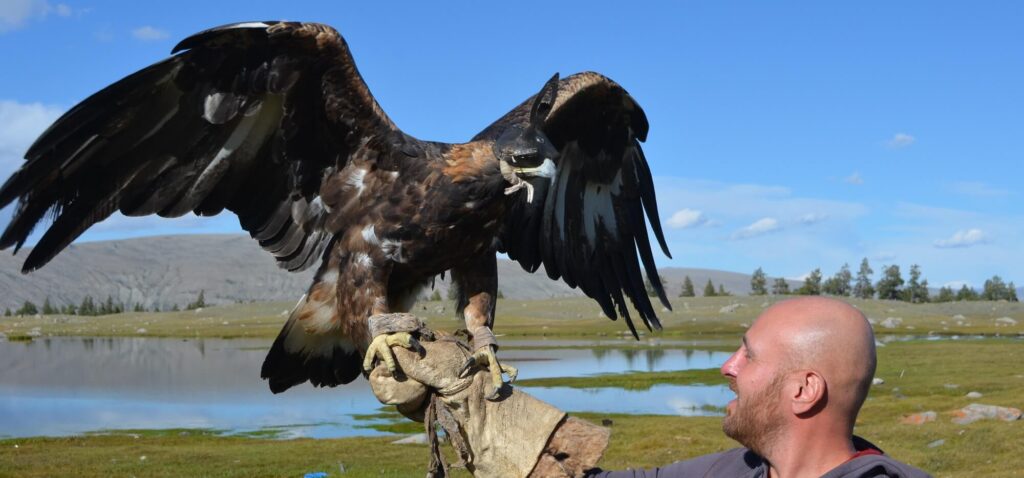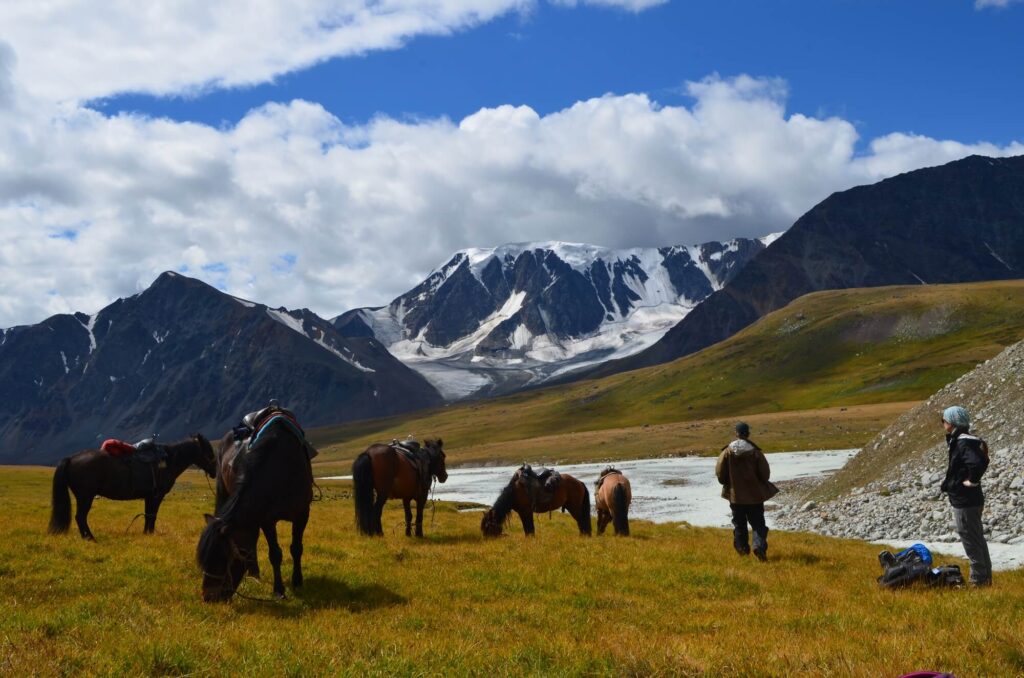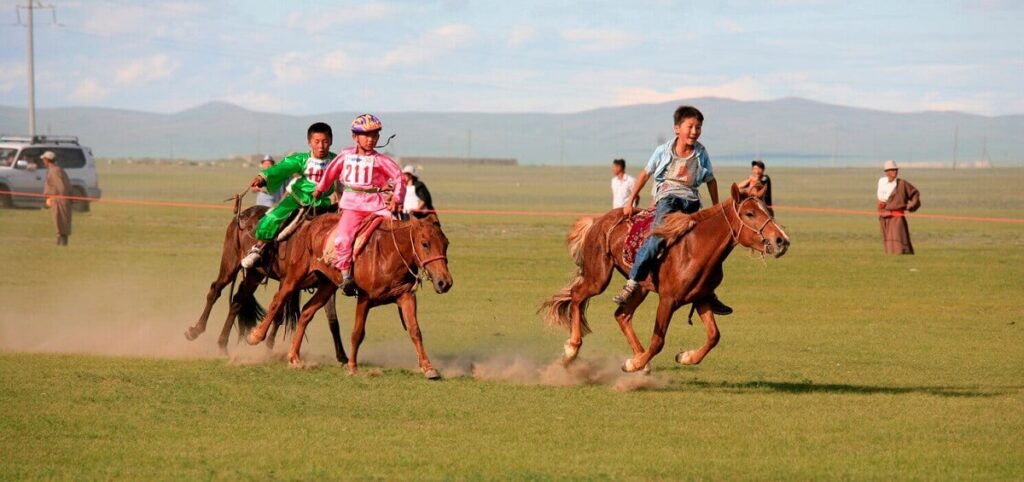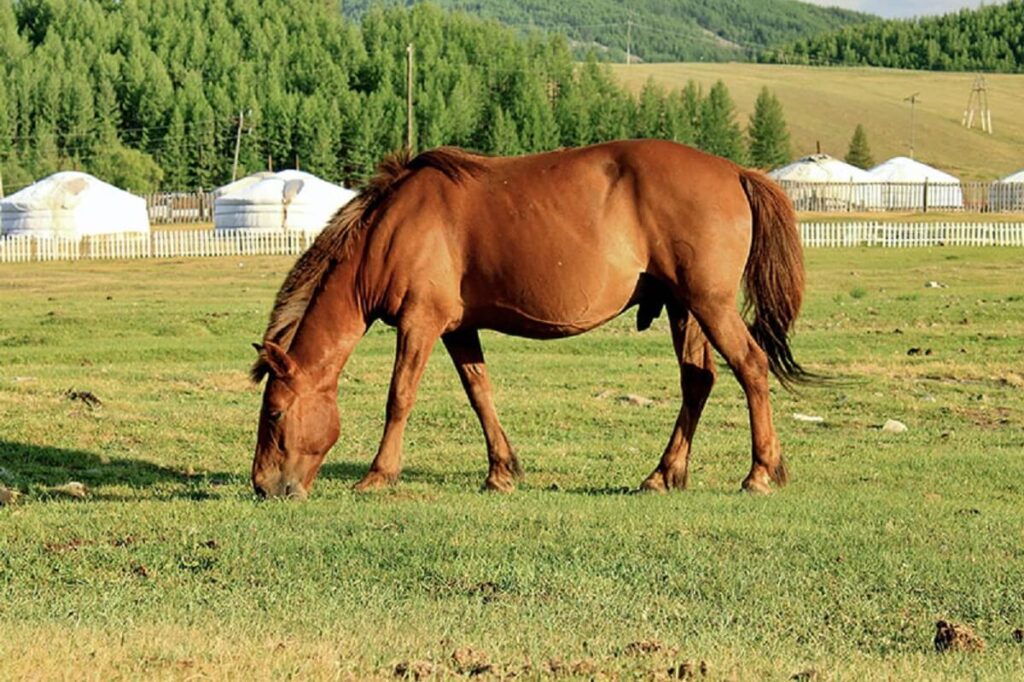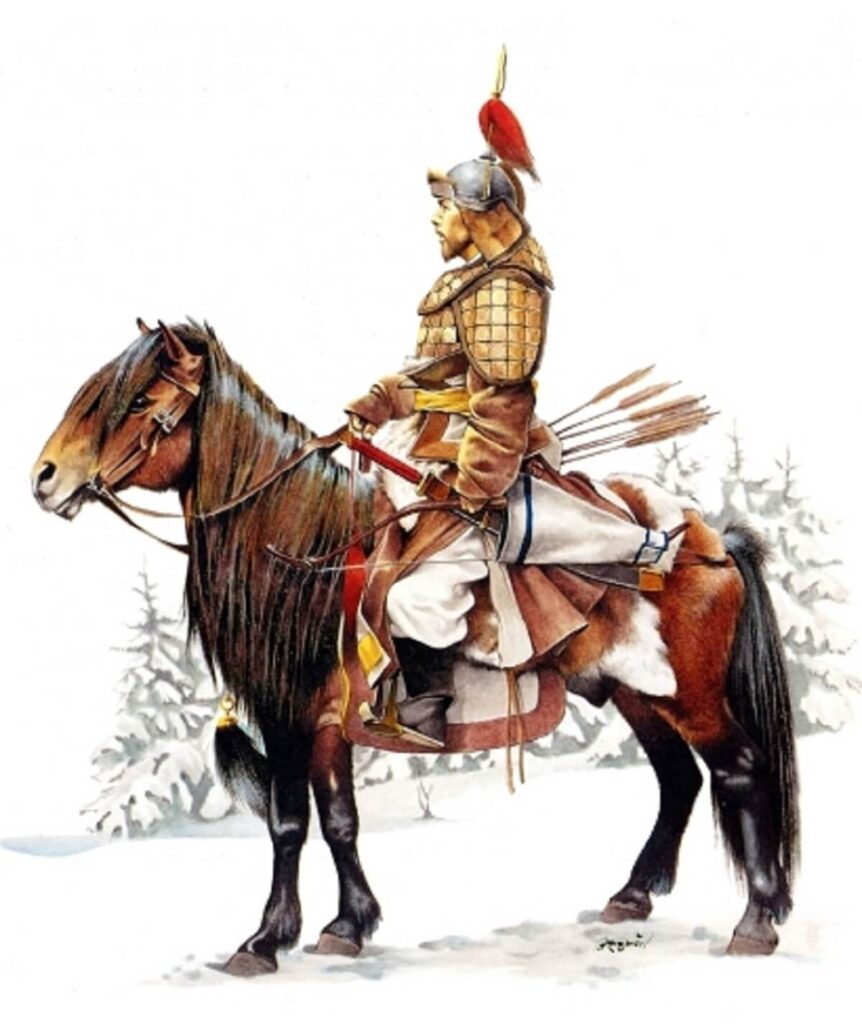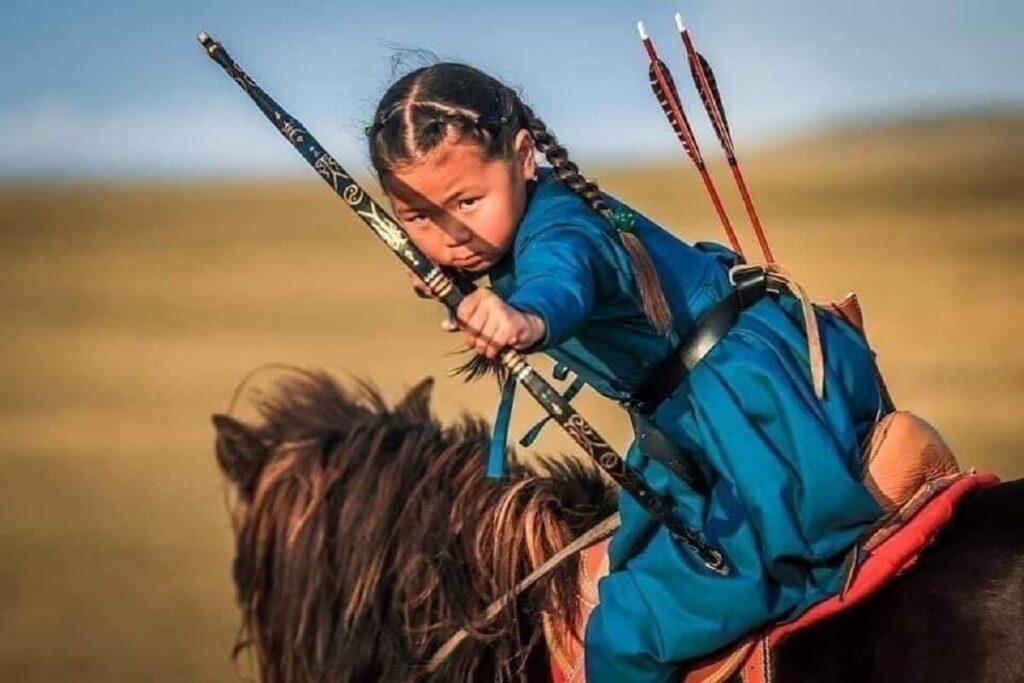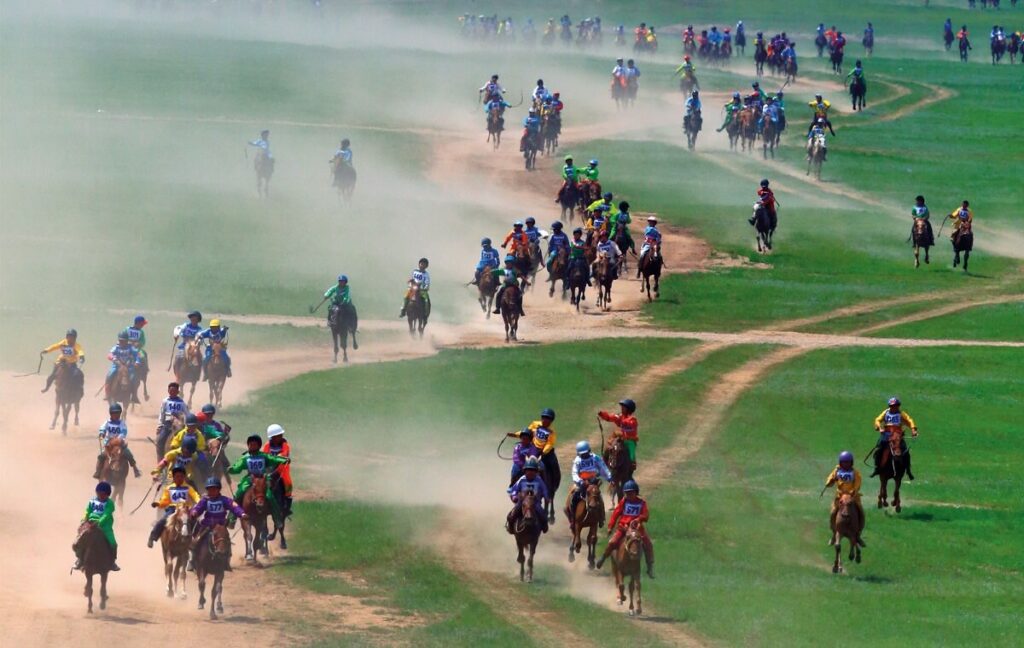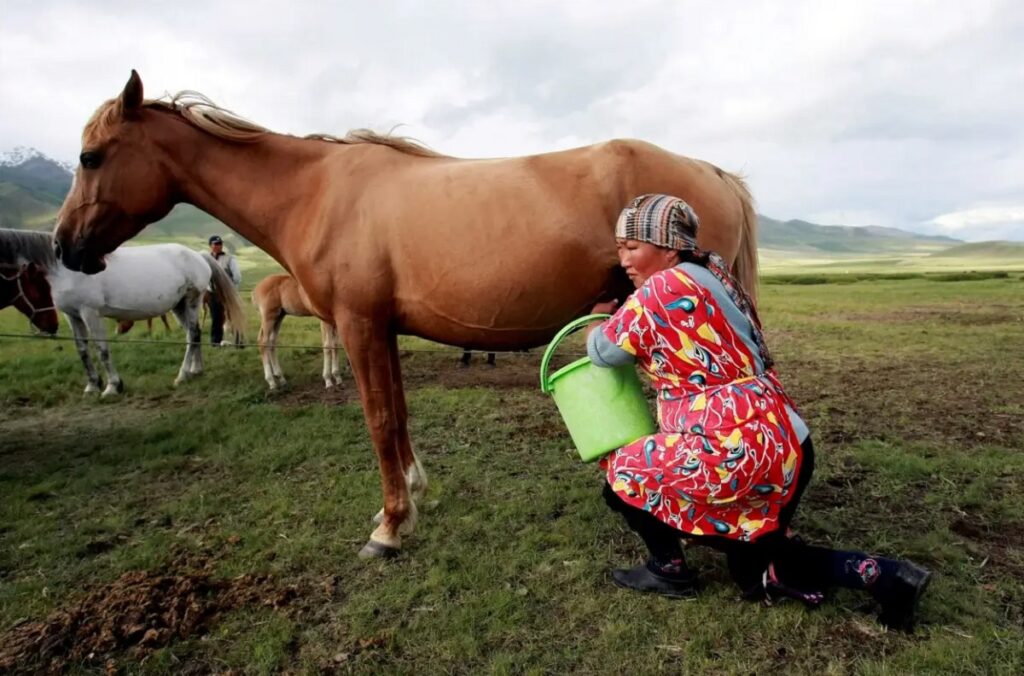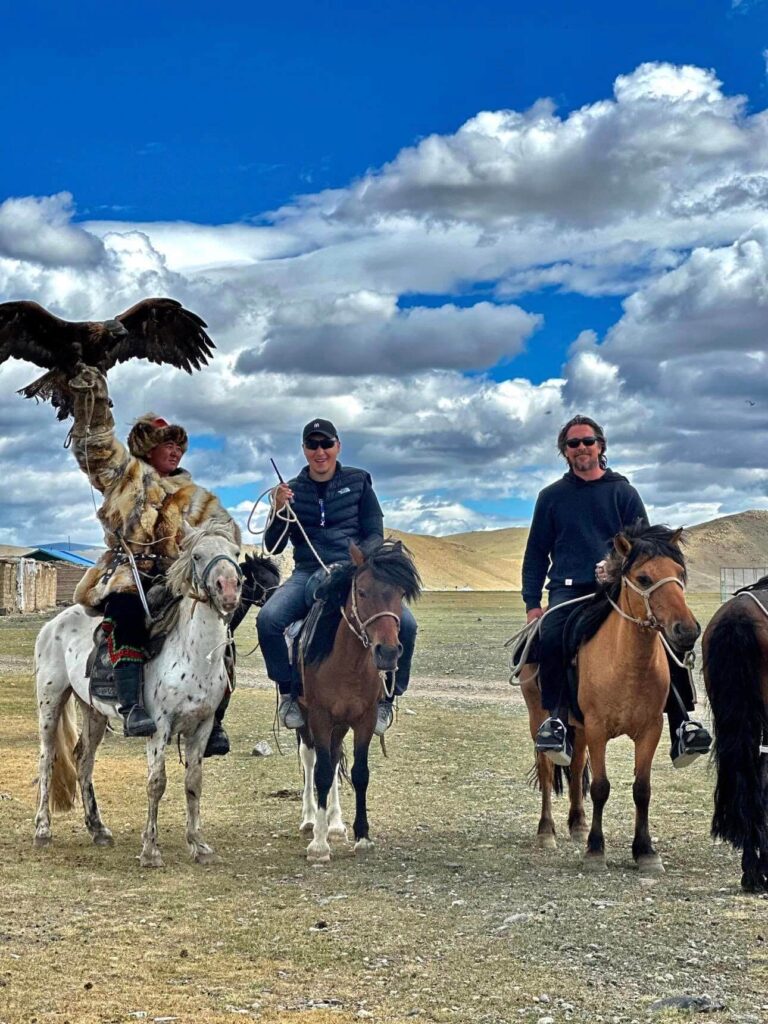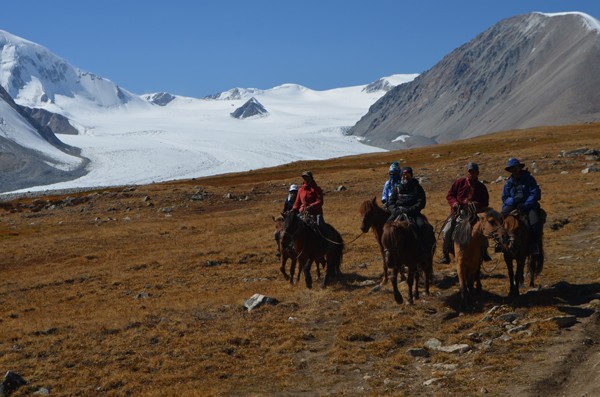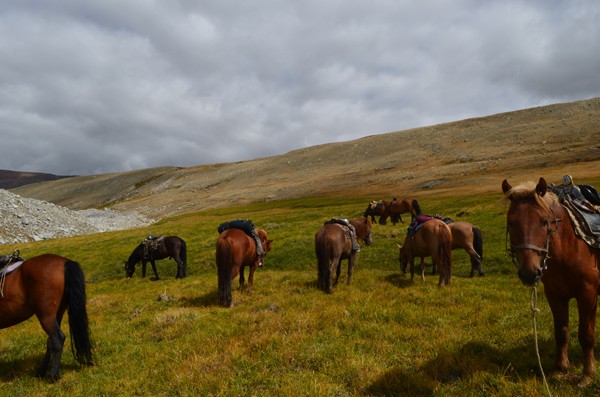Horse Symbolism in Mongolian Culture – In Mongolia, horses are much more than just animals; they symbolize freedom, power, and are vital to the nomadic lifestyle. This deep respect for horses is vividly expressed in Mongolian art, where they are not just featured but revered.
We offer you MONGOLIA HORSE TREKKING TOUR. Come and enjoy the Mongolia Horse Riding Tour. Mongolia is home to the last nomads. Mongolian Horses are the most important part of nomadic life. It will be wonderful 🤩🤩
Horses in Traditional Mongolian Art
Traditional Mongolian art, such as Thangka paintings and intricate tapestries, often depicts horses. These art pieces not only showcase the beauty and agility of horses but also their spiritual importance.
In these artworks, horses are usually shown as dynamic and powerful, soaring through skies or galloping freely across vast landscapes, representing the unlimited freedom of the Mongolian steppes.
Horses in Mongolian Folklore and Literature
Horses also hold a prominent place in Mongolian folklore and literature. In the “Secret History of the Mongols,” horses are more than just mounts; they are heroic figures, crucial to the survival and success of their riders.
These stories often portray horses with almost mystical qualities, highlighting their intelligence, loyalty, and supernatural abilities.
Musical and Dance Representations
The significance of horses extends into Mongolian music, particularly through the Morin Khuur, or the horse-head fiddle.
This unique instrument is topped with a carved horse head and produces sounds reminiscent of a horse’s neighing and galloping, symbolizing the animal’s role in Mongolian life.
It is played during various ceremonies and festivals, emphasizing the horse’s ongoing presence in both spiritual and everyday aspects of Mongolian culture.
Horse Racing in Mongolian Festivals
One of Mongolia’s most important annual events is the Naadam Festival, where horse racing is a major highlight.
These races are unlike any other, being long-distance cross-country events where even children as young as five participate. These races test not just speed but endurance, showcasing the profound bond between horse and rider that is so celebrated in Mongolian culture.
Modern Artistic Interpretations and Cultural Reflection
In contemporary Mongolian art, horses continue to be a potent symbol used by artists to explore themes of identity, resilience, and the connection between humans and nature.
As Mongolia navigates the challenges of modernity, these artists use the symbol of the horse to delve into and reflect upon the evolving Mongolian identity while staying connected to their rich traditions.
In conclusion, horses in Mongolian art are not mere subjects but are emblematic of the country’s soul. They symbolize the freedom and strength that are at the core of Mongolian heritage, echoing through the ages in art, music, literature, and festivals.
The horse is a timeless symbol, bridging the past with the present, and continuously shaping the cultural identity of Mongolia.

